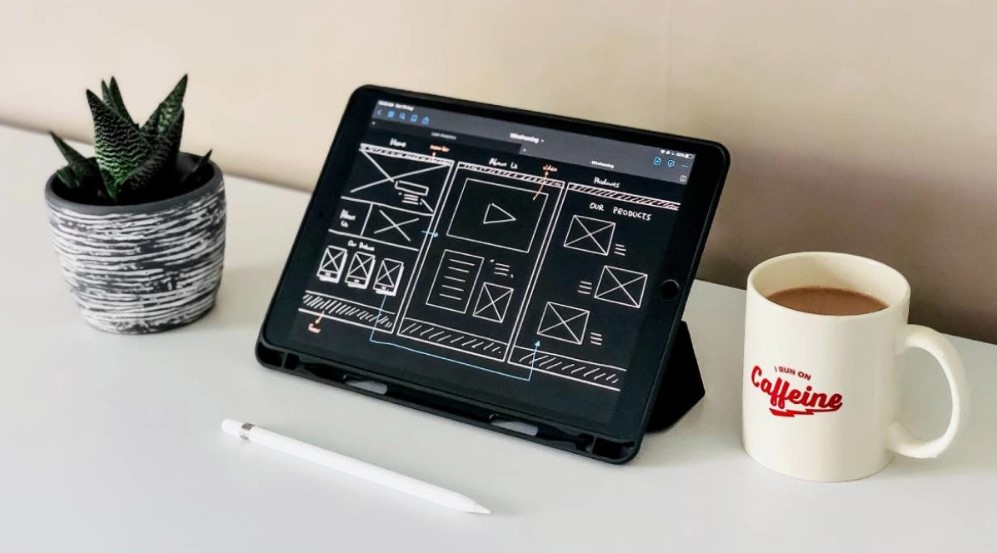Design Elements for Logistics Websites

There are a number of design elements to consider when designing a logistics website. These include the Main navigation, Cost calculator, Company blog and Live chats. The right layout can create an excellent user experience. However, you must not forget to consider the technical aspects of your logistics website as well. Here are some tips to help you design a logistics website that will incorporate design elements that will capture and wow your potential customers, such as a cubic metre calculator. Especially useful for interstate removalists and is user-friendly and works well for your business.
Main navigation
It’s essential to provide your customers with a clear and intuitive main navigation on your logistics website. These companies work around the clock, managing the supply chain and clients’ needs. Moreover, outdated design and navigation can make it difficult for your customers to find what they’re looking for. So, make sure your main navigation is visible on every page, and it also includes clear title tags.
It’s also important to make sure that your logistics website loads quickly. The design of your website must be consistent, with proper color theory and contrast. It should also have a visually appealing background image. Additionally, your website should be searchable and should contain CTA (call to action) buttons, scroll bar, and social sharing buttons.
Cost calculator or Cubic Calculator
One of the most important design elements for your logistics website is a cost calculator & cubic metre calculator. These tools can be extremely useful and effective to show how much it would cost or space it will take up on a truck in a visual manner. For example, a interstate removalists Melbourne to Sydney route can show the size of a 40 cubic metre truck and a cost calculator can show them exactly how much they will save by using your service versus another supplier or going a step further they can select an inventory basket and it can show them how much space it is taking up on the truck. It’s also important to remember that a good cost calculator should load quickly. Studies show that nearly half of visitors will abandon a website after three seconds if it takes more than that long to load.
The Cost Calculator plugin is highly customisable and compatible with most WordPress builders. It features a text box, numeric slider, reCAPTCHA, and dropdown menus with image icons. It also allows you to assign a value to each form element, which contributes to the overall value.
Company blog
A dedicated blog section on your logistics website can help you position yourself as an authority in the field and generate online traffic. This type of blog is a good way to provide information to your customers, and it also improves the user experience. The design should be functional and attractive, and it should also be user-friendly. For example, if it takes too long to load a page, customers will leave the site. One way to improve loading time is to use interactive features to entertain visitors.
Keeping the navigation menu consistent across all pages is also a good idea. This menu should include the company’s logo in the top left corner of the page.
Live chats
A logistics website can be a great marketing tool, but it should not only announce the business’ services. Instead, it should be user-friendly and engage the visitor. Good design and user-friendly content will guide visitors to the information they are seeking, as well as the action that you would like them to take. Good imagery will also go a long way in attracting visitors. The photos should reflect the brand’s identity, as well as look professional.
Awards
A removalists website should have a clean and appealing design. The content on the website should be easy to read and load quickly. It should also have good contrast, colour theory and a visually appealing background image. A well-designed website should also have easy-to-find information and useful links. The design should be searchable and have CTA (call to action) buttons, scroll bars and social share buttons.
The layout should be responsive to multiple screen sizes and devices, as many visitors will be using mobile devices to access the platform. It should also include a review system and provide detailed information about the services offered by the logistics company.
Certificates
When designing a website for a removal company, a user should feel comfortable with the navigation and can easily find what they need. A simple interface and the proper order of elements will help ease user navigation. Conspicuous buttons and concise CTAs can also be helpful. A moving company website should also have contact information and customer feedback, which will help potential customers feel comfortable entrusting their freight with you.
Timely delivery
A logistics website should have an appealing design that is easy to use and navigate. It should guide visitors to the information and action they want to take. It should also use good imagery. This can be tricky to find, but the right pictures can add professionalism to your brand. Whether you’re using a stock image or a custom picture, be sure to select a design that reflects your branding.
Above all, your purpose is to convert those visitors to actual customers. A logistics website should also include contact information. The “Contact Us” page should list the name of the company, physical office address, phone number, and email address. It should also feature a contact form so that customers can send their inquiries to a live person. There is no use have all of the above and the company does not deliver on it’s promises. So great customer service and a professional and reliable service will ensure that word of mouth reaches far and wide.
